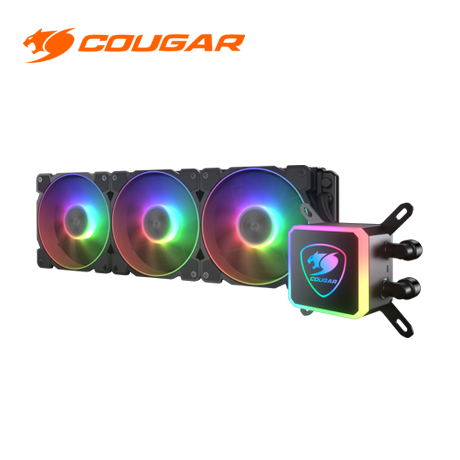

- #Gigabyte rgb fusion 2.0 not working how to
- #Gigabyte rgb fusion 2.0 not working install
- #Gigabyte rgb fusion 2.0 not working drivers
- #Gigabyte rgb fusion 2.0 not working update
- #Gigabyte rgb fusion 2.0 not working manual
#Gigabyte rgb fusion 2.0 not working install
There are ways to configure them properly, so check online if you are missing these applications under your RAM manufacturer’s driver/ install page. Many RGB ram sticks come with their custom software application and remote control. The last troubleshooting step is to check if you are simply missing the RAM’s third-party proprietary software that lets you enable and control the colors, intensity, and pattern of your RAM slots.
#Gigabyte rgb fusion 2.0 not working update
Reinstall and Update Your RAM’s RGB Software
#Gigabyte rgb fusion 2.0 not working how to
If you are not sure how we have an entire separate detailed article on how to update all your drivers.
#Gigabyte rgb fusion 2.0 not working drivers
Since the motherboard drivers are responsible for controlling the RAM, you should check to ensure that all your drivers are up-to-date. Please also ensure that the RAM sticks are firmly snapped in and that their side clamps are engaged. All this information is available online, but the most common configuration for two sticks is to put them either in the first and third slot or in the second and fourth motherboard RAM slot. Check for Proper RAM Motherboard ConfigurationĪs the first troubleshooting step, the key here is to find the specific RAM configuration your specific motherboard uses. If you find that you got mismatched RAM, then return the RAM and get the correct version.
#Gigabyte rgb fusion 2.0 not working manual
So, before you go further into troubleshooting, go to your motherboard manufacturer’s website or manual and double-check what type of RAM it supports. Many budget motherboards don’t support the fastest 4133 or 3600 MHz RAM clock speeds. And DDR4 is not backward compatible with DDR3. How to Get Your RAM RGB System to Work Properly?įirst and foremost, check if your RAM is compatible with your motherboard.įor example, a motherboard with DDR3 RAM support can’t use DDR4. Lastly, some RGB RAM sticks come with their own remote controller and software, so it might simply be a case where you are not turning them on from the proprietary third-party software.However, the most common reason is that your system is not using the RGB feature due to outdated or incorrect drivers installed.Your safest bet is to just the exact same RAM model and brand. This one is self-explanatory, all your RAM sticks should be of the same speed and type, so if there is a mismatch, your system might have trouble recognizing them. You are mixing different RAM types or RAM speeds within your system.This is not a problem, of course, if you fill all your RAM slots unless. If your motherboard has, for example, 4 or 8 open RAM slots, and you only have two sticks, there is only one specific combination you are supposed to use to plug in your RAM sticks into the slots. This is a big one that is all too easy to get wrong. Your RAM is not correctly plugged into your motherboard.It’s more common than you think some motherboards only support specific RAM types and speeds. You have installed the wrong type of RAM into your motherboard.However, I needed a “splitter” to share this signal with the UNI fans. I used the 5-volt, 3-pin addressable RGB headers on my motherboard to control my Lian Li Galahad AIO cooler and Strimer cables. And every possible combination of rebooting, reinstalling, unplugging, and replugging things imaginable.Updating the controller firmware using Lian Li’s guidebook (I never got this to work).Running all software packages as Administrator.


Roughly half the time I spent building my new Windows 11 gaming battle station (“Ghost”) went toward troubleshooting the Lian Li UNI fan controller on my Gigabyte B550 Vision D-P motherboard.


 0 kommentar(er)
0 kommentar(er)
